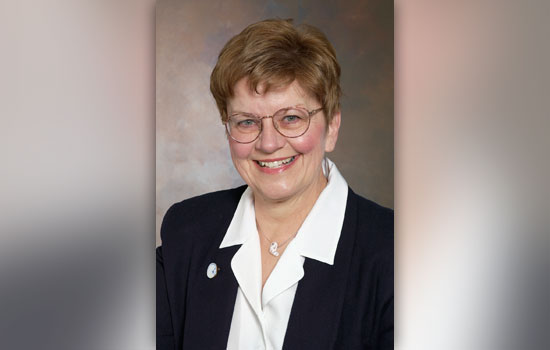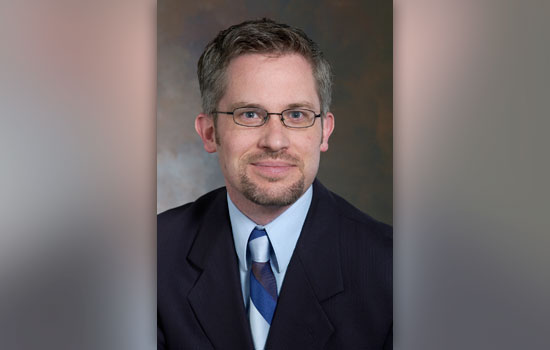Grad course adds higher education concentration
New component added to address how universities can increase the value of the overall higher education experience
A. Sue Weisler
Heath Boice-Pardee
Rochester Institute of Technology has established a new concentration in its Service Leadership and Innovation graduate program with an emphasis on developing a new generation of higher education professionals with a distinct customer service focus.
This comes at a time when universities are addressing rising tuition costs, increases in student loan debt, and students and families are raising questions about the value of college experiences and higher education degrees.
The new concentration combines the academic foundations of service leadership with coursework in higher education administration, and it provides a practicum observing the Walt Disney Co. model of customer service, says Heath Boice-Pardee, RIT’s associate vice president for Student Affairs.
“What if universities and other higher education organizations around the country could apply constructs of service leadership innovation to student affairs and higher education,” he says. “President Obama really helped us, coming out with a very bold statement, saying, ‘Higher education, let me put you on notice, if you don’t start adding value, and show how you are adding value to your product, we are going to stop funding you.’ What if we were to work on creating the vision of developing future university administrators who have service leadership and innovation as their framework?”
The service leadership and innovation graduate degree program is part of RIT’s College of Applied Science and Technology, and provides concentrations in Service Systems and Engineering of Services. The new higher education concentration consists of three foundation courses in The Student Experience in Higher Education, Critical Systems in Higher Education and Organization and Leadership in Higher Education. Once completed, students participate in a weeklong intensive training conducted by the Disney Institute about the company’s distinguishing customer service principles.
Boice-Pardee is one of the co-developers of the new concentration and a faculty member in the program. Along with Linda Underhill, associate professor and department chair of the Department of Service Systems in RIT’s College of Applied Science and Technology, the two have constructed a concentration that moves beyond customer service to address several national concerns about the value of higher education, he adds.
“It wouldn’t need to be exclusively higher education. This is a master’s degree in service leadership and innovation and that can be applied to many different areas,” says Boice-Pardee.
Underhill agreed. With the challenges the United States has in encouraging students on career paths, those in higher education are going to have to work harder to attract and retain these students. The new coursework could be a means to prepare a new core of administrators in the service areas of higher education. Many service leadership programs focus on customer service applications in industries or corporations, and higher education is not often viewed in this manner, says Underhill.
“This is a significant market for people that work in this area, not the academic side of delivery, but in the support systems for the students in that environment, the people involved in the college community and campus life,” she says. The concentration, specifically, and the graduate program in general, are aimed at mid-level managers, those interested in career changes or advancement within higher education.
“This is for people who want to be visionaries, they may want to work in higher education, but they want to do it somewhat differently, creatively, and they want to be extremely student-focused,” says Boice-Pardee. “We talk about the student experience, but not often in terms of value. I think this is an emerging concept that is really integral in this program.”
 Linda Underhill A. Sue Weisler
Linda Underhill A. Sue Weisler













